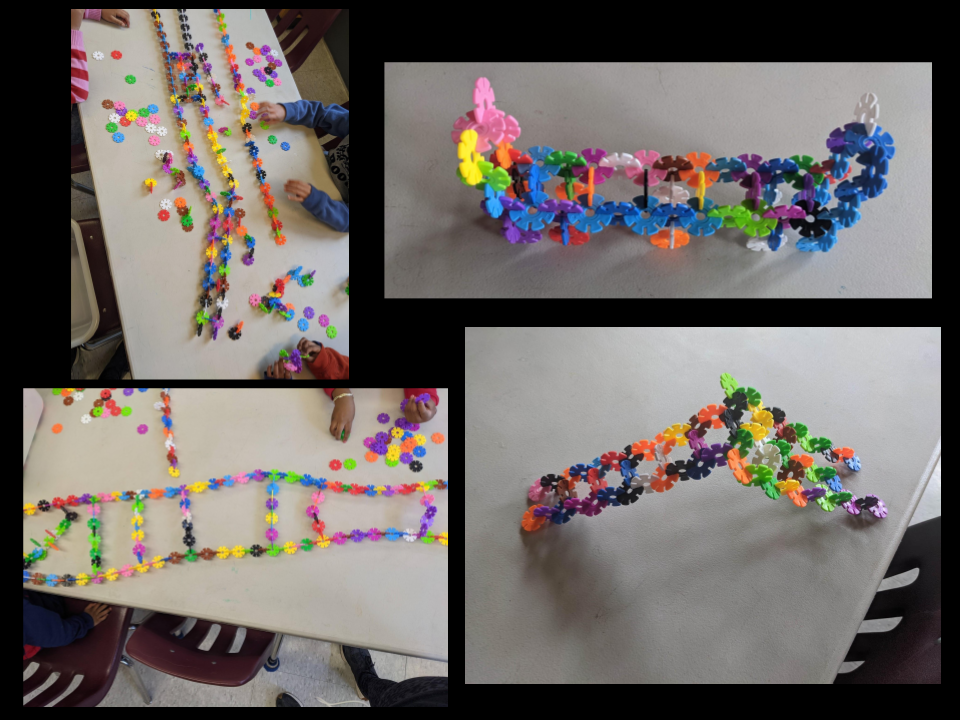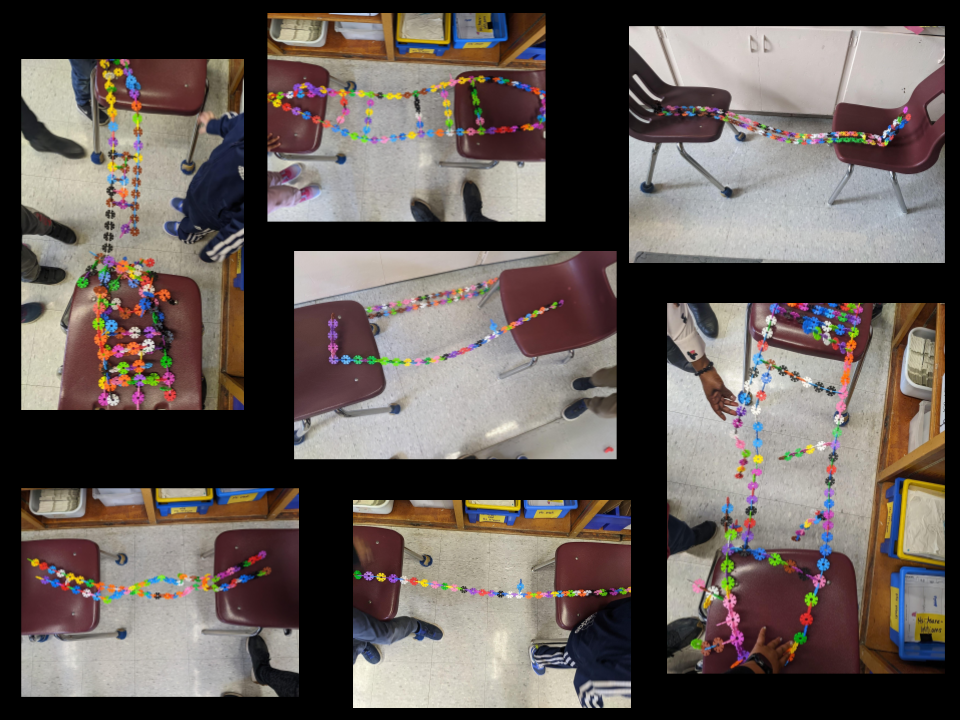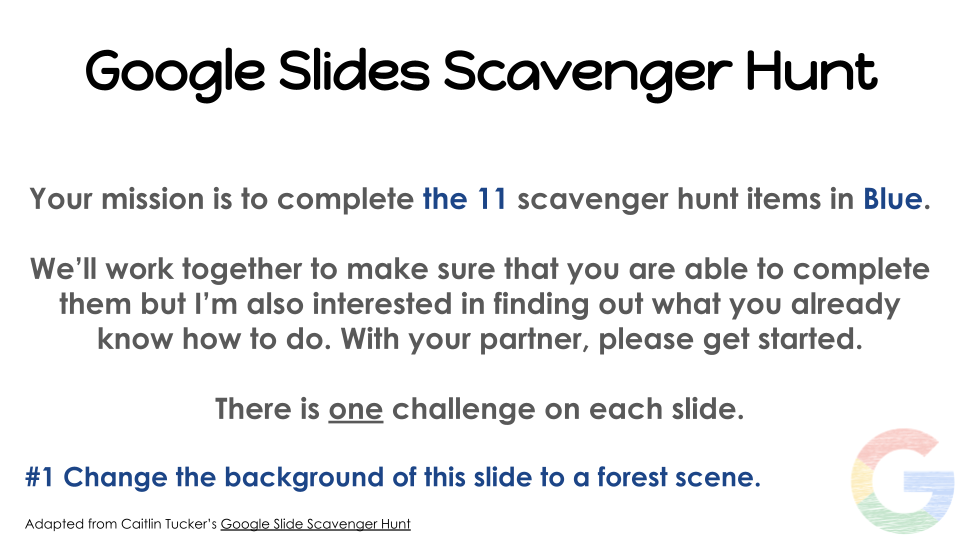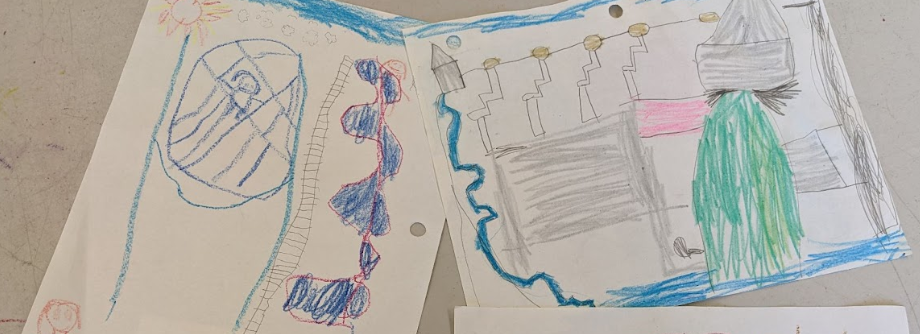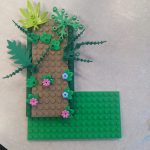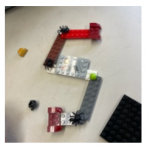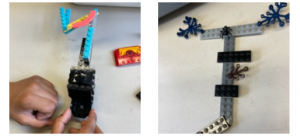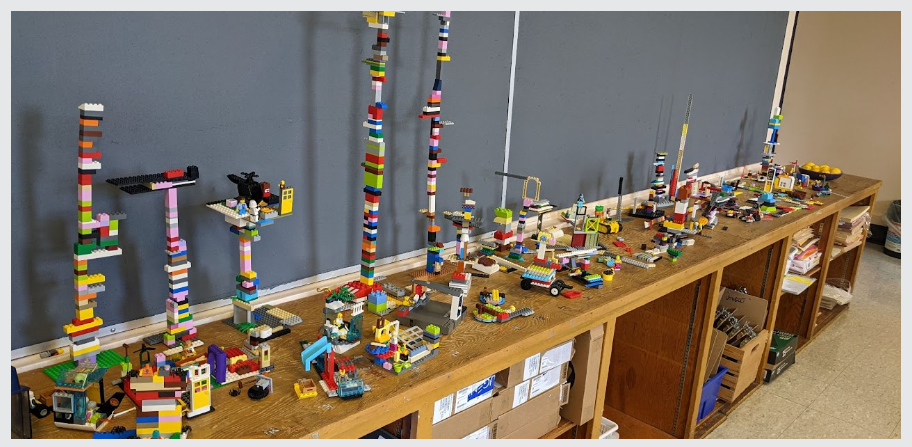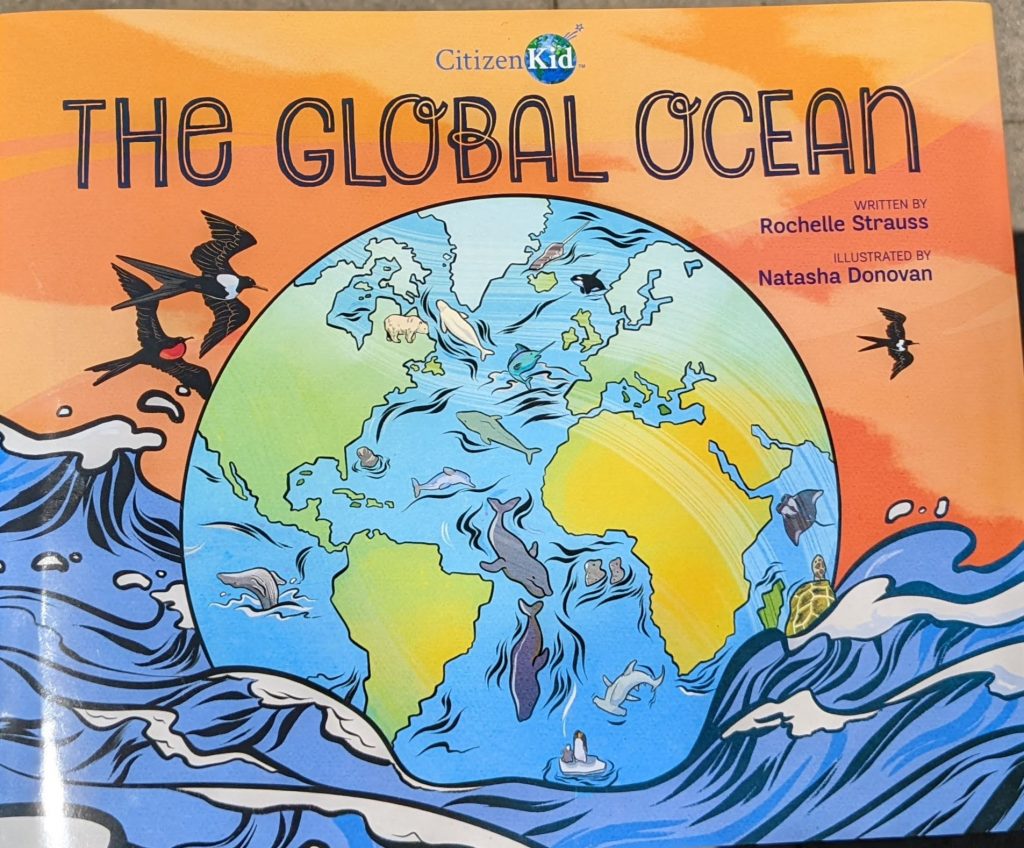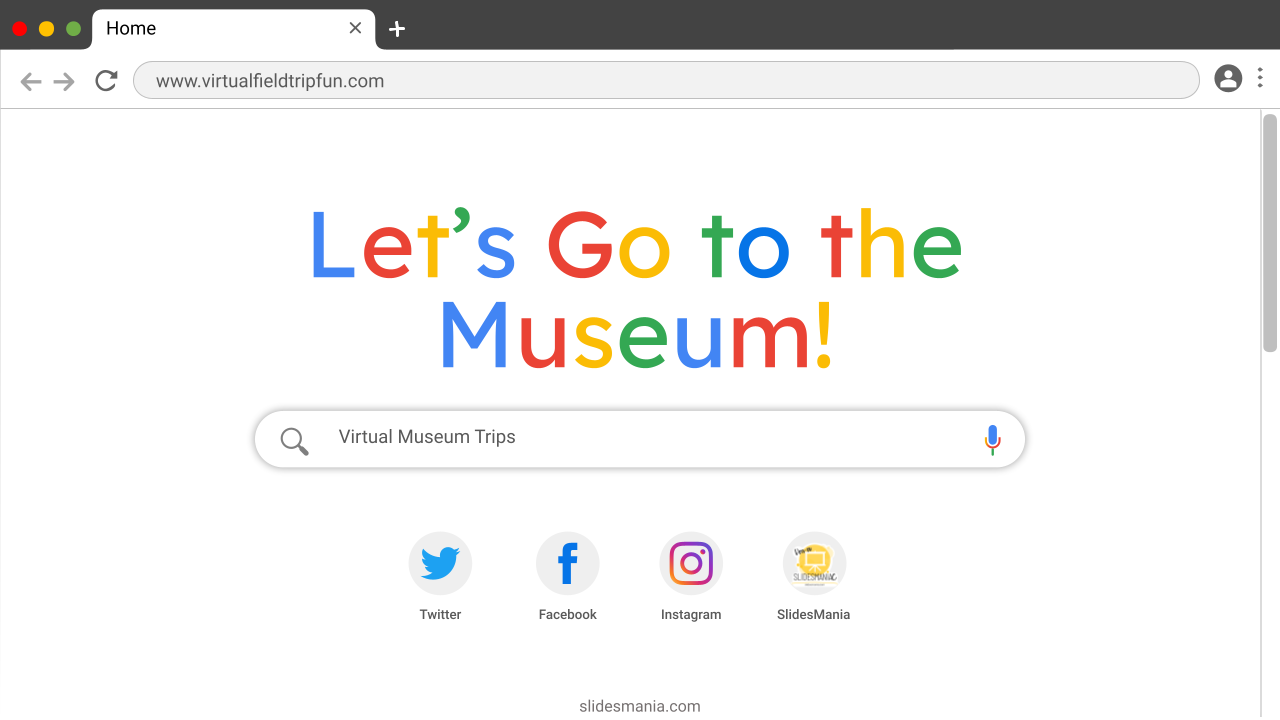In my schedule this year, I had a number of periods where I was able to partner with teachers around the meaningful use of technology. During one of these Assistive Technology periods, one teacher brought up the idea of supporting students on creating Identity Boxes, loosely based on the idea of Joseph Cornell’s Box. The idea was to work with students intentionally on understanding the many facets of our identities and how they intersect, and from there, to create a digital version – similar to James Cornell’s – where students could share their learning about themselves, with one another and their families.
This past month, I had the opportunity to work with students to start the process of bringing their boxes to life and it’s been a great experience to work with them on using technology as a form of communication. From learning to link Slides and the meaning of symbolism to inserting images and formatting text, it’s been an interesting journey with students as they take their content and try to make it visually appealing for their audience. For me, this experience has reinforced three things: understanding identity is important; use of tech should be taught; and children love sharing about who they are when they know you will listen. In this post, I share about these three things.
Understanding Identity Is Important
Everyone is navigating and figuring out who they are in an ever changing world. Children are no different. At a very young age, they are identifying and learning about the different “parts” that make up who they are. While some are obvious, there are also parts that may be hidden or are yet to be uncovered. I think it’s important to discuss aspects of identity with children from an early age. Through open conversations, experiencing supportive relationships and seeing other people with similar identities being valued, children are able to develop a positive sense of self.
In years past, I’ve worked on different activities to help students understand the various facets to identity. Depending on the age and the group of students, this work can look very different. The way we might discuss identity with a kindergarten student would differ greatly from a grade 7 or 8 student. Not only that, it would also depend on the work that has been previously done within the classroom to build a community where these important conversations can be had, without causing further harm, particularly to students who are already marginalized.
 It’s important for teachers themselves to understand identity and how their own identities impact the way in which they teach and interact with students. As such, I always suggest that teachers take the time to do some of their own learning first. judy mckeown has provided teachers with an excellent resource – Pause and Ponder Social Identity Self-Assessment – that teachers may wish to use for themselves. The questions are rich and call for much reflection on how we navigate the world inside and out of our profession. I don’t think that there is one specific way to teach or do identity work with children – there are a variety of approaches that could be effective – but at minimum, I think it’s important for us to start by understanding what it is and how it influences how we navigate the world.
It’s important for teachers themselves to understand identity and how their own identities impact the way in which they teach and interact with students. As such, I always suggest that teachers take the time to do some of their own learning first. judy mckeown has provided teachers with an excellent resource – Pause and Ponder Social Identity Self-Assessment – that teachers may wish to use for themselves. The questions are rich and call for much reflection on how we navigate the world inside and out of our profession. I don’t think that there is one specific way to teach or do identity work with children – there are a variety of approaches that could be effective – but at minimum, I think it’s important for us to start by understanding what it is and how it influences how we navigate the world.
Use of Tech Should Be Taught
Children are incredible with tech! I remember when my nephew was 2 and the joy he had on his face when he was able to use his iPad to pull up “Baby Shark” on YouTube. I didn’t think it could happen with him not being able to spell the words baby and shark as of yet, but if you can sing or say, “Baby Shark”, an iPad can find it with ease.
Armed with this knowledge, I think that many believe that if we just give children a device, they’ll figure it out. Most times they do, but I’ve noticed that in order for tech to be used meaningfully, there needs to be some support with the learning. I mentioned in a previous post that I had the opportunity to partner with another teacher this year around supporting students in developing their proficiency with Google Slides. It was a really great experience because students were able to learn some of the basics that supported their use of tech and allowed them to communicate more effectively. These are skills that not only help for a particular assignment but that can be transferred across multiple subject areas and are skills that can be used beyond the classroom.
Over the years, I’ve seen many strange and interesting things. Centering a title or the line spaces on text are important skills that students need to be able to understand how to do easily. I’ve seen some who are excited to hit the space bar until the cursor lands somewhere in the middle of the screen. I’ve also seen students hitting the enter button to be able to double space their text, only to realize that if they change the font, the spacing is all off. These might seem like little things, but they’re also easy to teach kids in mini lessons.
For the project on Identity Boxes, I helped students: link slides; share their slides in preview mode; and in the creation of collages of their images. Simple things that I don’t think we should take for granted that students will somehow be able to know how to do. Going forward, I really want to be intentional about creating mini lessons for students that support them in being more proficient in effectively using the G Suite for Education Tools.
Children Love Sharing About Who They Are When They Know You Will Listen
Sitting with some of these students, it was apparent that they were eager to share parts of themselves with me. As I sat, I heard stories of their countries of origin – what they missed and what they brought with them – and also heard students share about the languages they speak and love. Although these are students that I also teach French for one period a day, having them share their Identity Boxes was almost like getting to know them on an even deeper level and it was an opportunity to see them in a different light. I felt honoured that they would share parts of themselves with me, so freely and with such joy. This experience has me thinking about the need to further offer students the opportunity to bring their whole selves to school every day and not just on days where they present parts of who they are.
Reflection has been an important part of my growth over the years. This post allowed me the opportunity to reflect on one assignment, however, I will be taking more time for reflection and really thinking about what I will carry into next year and what I might just leave behind.

